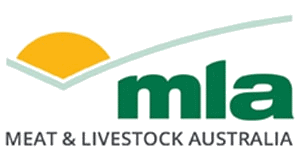Broadacre Producers Environmental StewardshipResearch
| Project start date: | 01 May 2006 |
| Project end date: | 04 July 2007 |
| Publication date: | 04 July 2007 |
| Project status: | Completed |
| Livestock species: | Sheep, Goat, Lamb, Grassfed cattle, Grainfed cattle |
Summary
Overall, the term environmental stewardship is not well understood and for many, the interview process was the first time they had the opportunity to consider its impact on their current and future information requirements. The greatest limiting factor in people's ability to find meaning in the term was an absence of measurements or benchmarks supporting it or indeed defining the term 'duty of care.' There was concern that this term would become yet another buzz word that would be misused and add to the confusion already created by similarly isused and ill-defined terms such as, sustainability and EMS.
Support for the concept within the farming community was considered to be limited to date, largely due to a lack of integration with productivity goals and benefits. Therefore, a key driver to greater acceptance amongst broadacre producers is more effective linkages of environmental management to good farm (production) management and productivity gains. Traditionally, community attention on Australia's landscape has focused on intensive industries, such as dairy, cotton and mining. However, environmental issues such as salinity, biodiversity loss and erosion have in recent times diverted the community's attention to the broadacre industry.
Industries that have faced community and/or market scrutiny regarding environmental management, and who are considered to have been successful in allaying concerns are those who have proactively formed partnerships with government and industry. The cotton, rice, forestry and WA rock lobster industries are all considered in this category and have been highly praised for their efforts.


